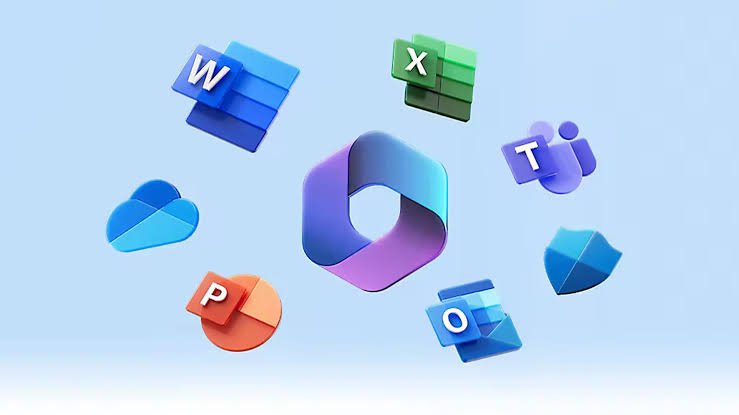The decision by Microsoft to offer Office 2024 as a one-time purchase marks a notable shift in its software distribution model, particularly in contrast to the subscription-based approach that has become increasingly prevalent in recent years. This move reflects a strategic response to evolving consumer preferences and market dynamics, as well as a recognition of the diverse needs and usage patterns of Office users.
The shift towards a one-time purchase model for Office 2024 offers several potential benefits for both consumers and Microsoft. For consumers, a one-time purchase eliminates the need for ongoing subscription payments, providing a more transparent and predictable pricing structure. This may be particularly appealing for individuals and businesses who prefer to pay upfront for software licenses rather than committing to recurring payments over time. Additionally, a one-time purchase model grants users perpetual access to the software, allowing them to continue using Office 2024 for as long as it meets their needs without being tied to a subscription.
From Microsoft’s perspective, offering Office 2024 as a one-time purchase may help attract customers who are hesitant to commit to a subscription-based model or who prefer the flexibility of owning their software outright. By expanding its licensing options to include both subscription and perpetual license models, Microsoft can cater to a wider range of customers and better align its offerings with their preferences and budgetary constraints.
However, the shift towards a one-time purchase model for Office 2024 also raises questions and considerations for both consumers and Microsoft. For consumers, purchasing a one-time license may entail a higher upfront cost compared to a subscription, particularly for those who would otherwise opt for a lower monthly or annual subscription fee. Additionally, while a one-time purchase grants perpetual access to the software, it may not include access to future updates or new features beyond a certain point, potentially leading to obsolescence over time.
From Microsoft’s perspective, offering Office 2024 as a one-time purchase may necessitate adjustments to its revenue model and business strategy. While subscription-based offerings provide a steady stream of recurring revenue, one-time purchases result in a lump-sum payment upfront, which may require Microsoft to adapt its financial planning and resource allocation accordingly. Additionally, the decision to offer Office 2024 as a one-time purchase may impact the company’s competitive positioning relative to other productivity software providers who continue to emphasize subscription-based models.
Overall, the shift towards a one-time purchase model for Office 2024 represents a significant development in Microsoft’s software distribution strategy and reflects the company’s ongoing efforts to adapt to changing market dynamics and customer preferences. By offering consumers the option to purchase Office 2024 as a one-time license, Microsoft aims to provide greater flexibility and choice while maintaining its position as a leading provider of productivity software. However, the transition to a one-time purchase model raises important considerations for both consumers and Microsoft, highlighting the complexities inherent in balancing pricing, licensing, and revenue models in the software industry.








